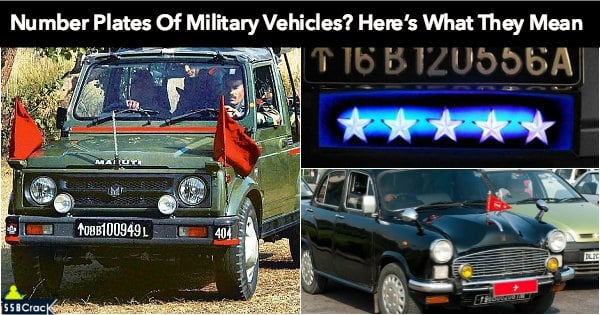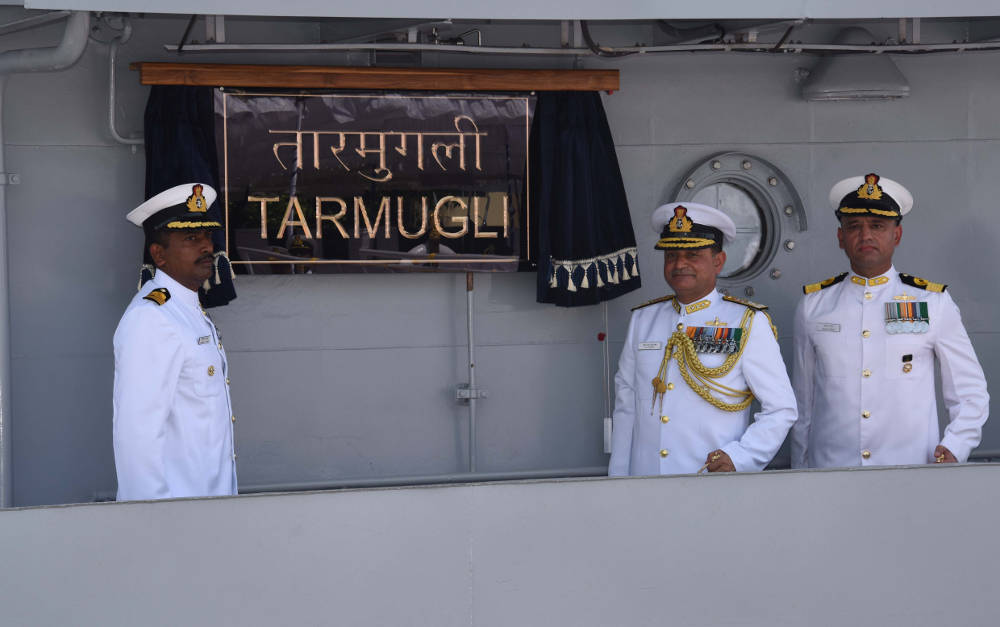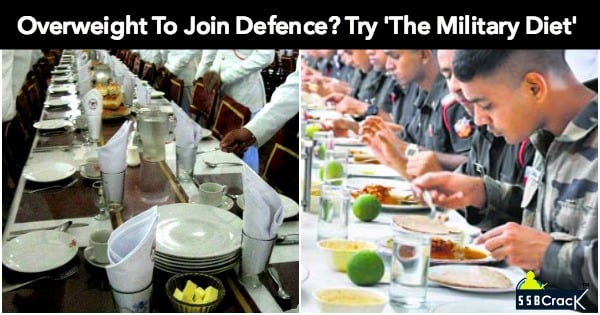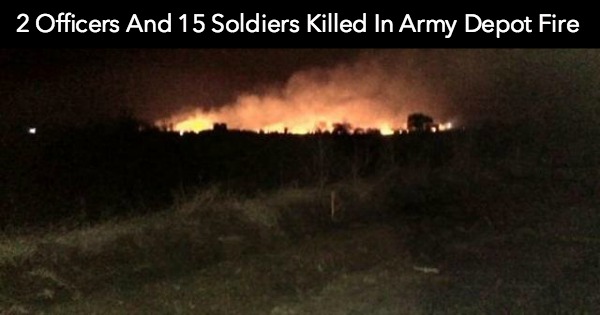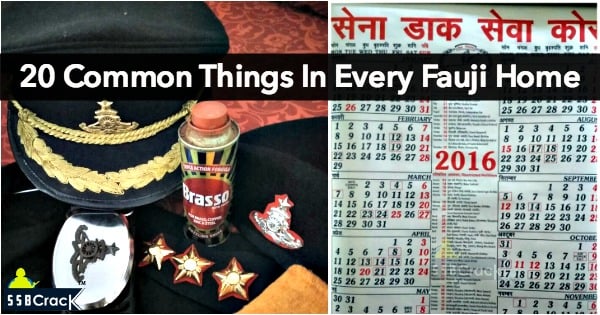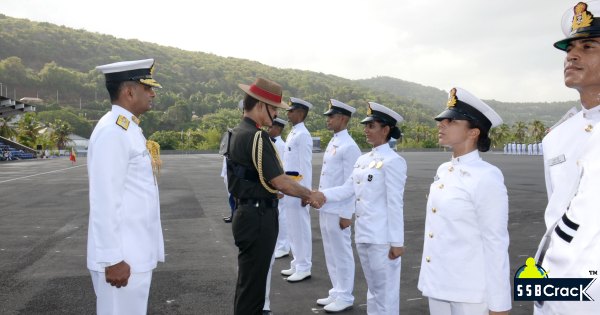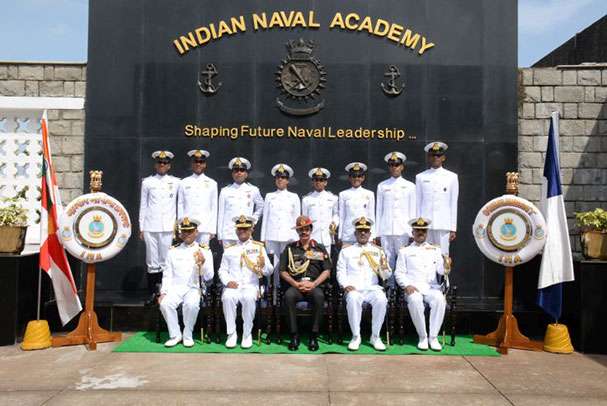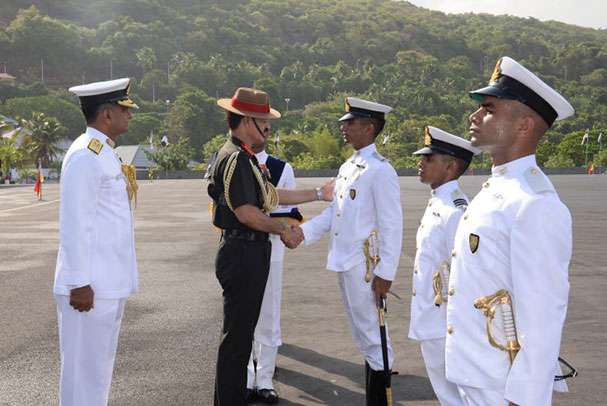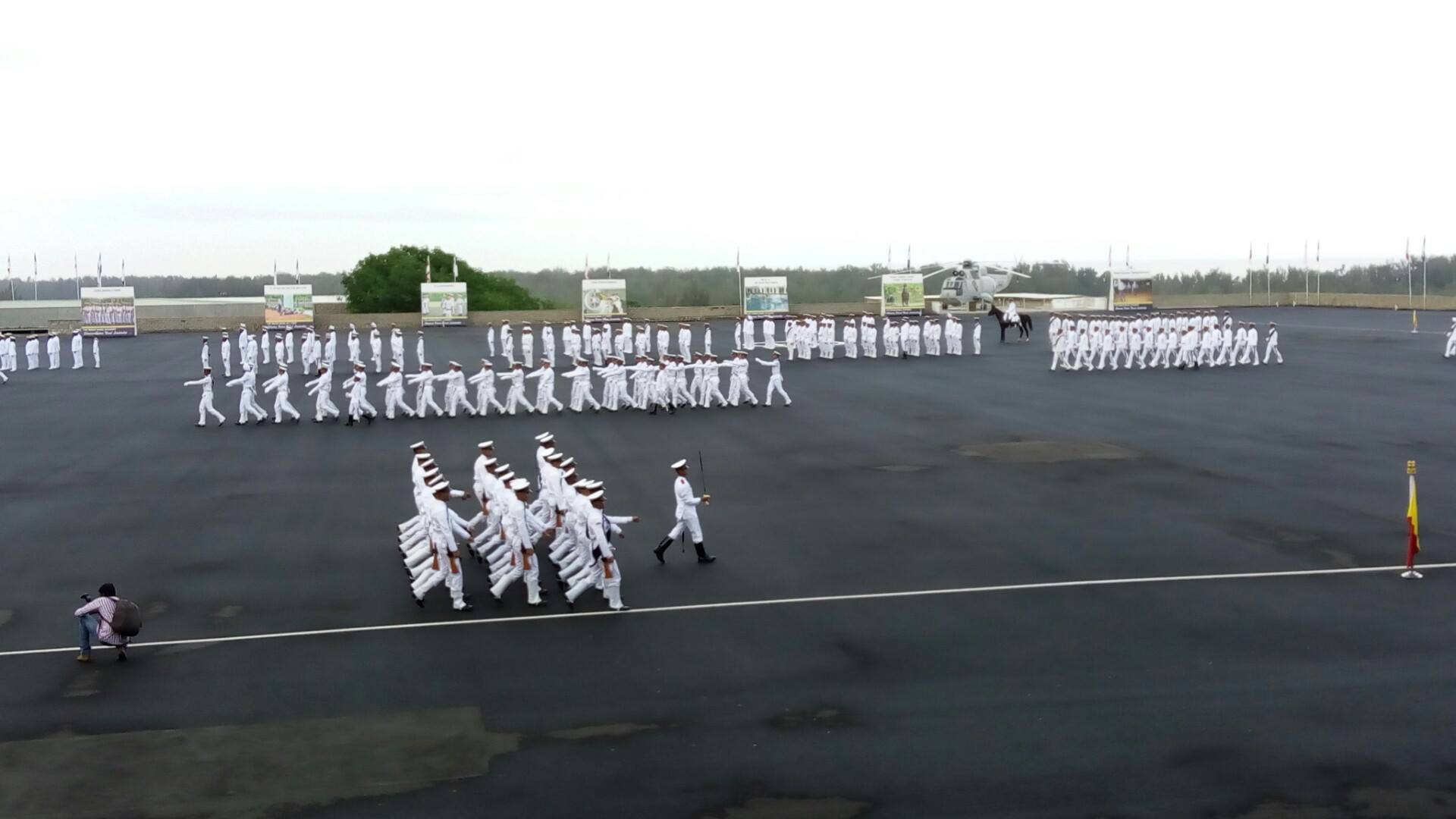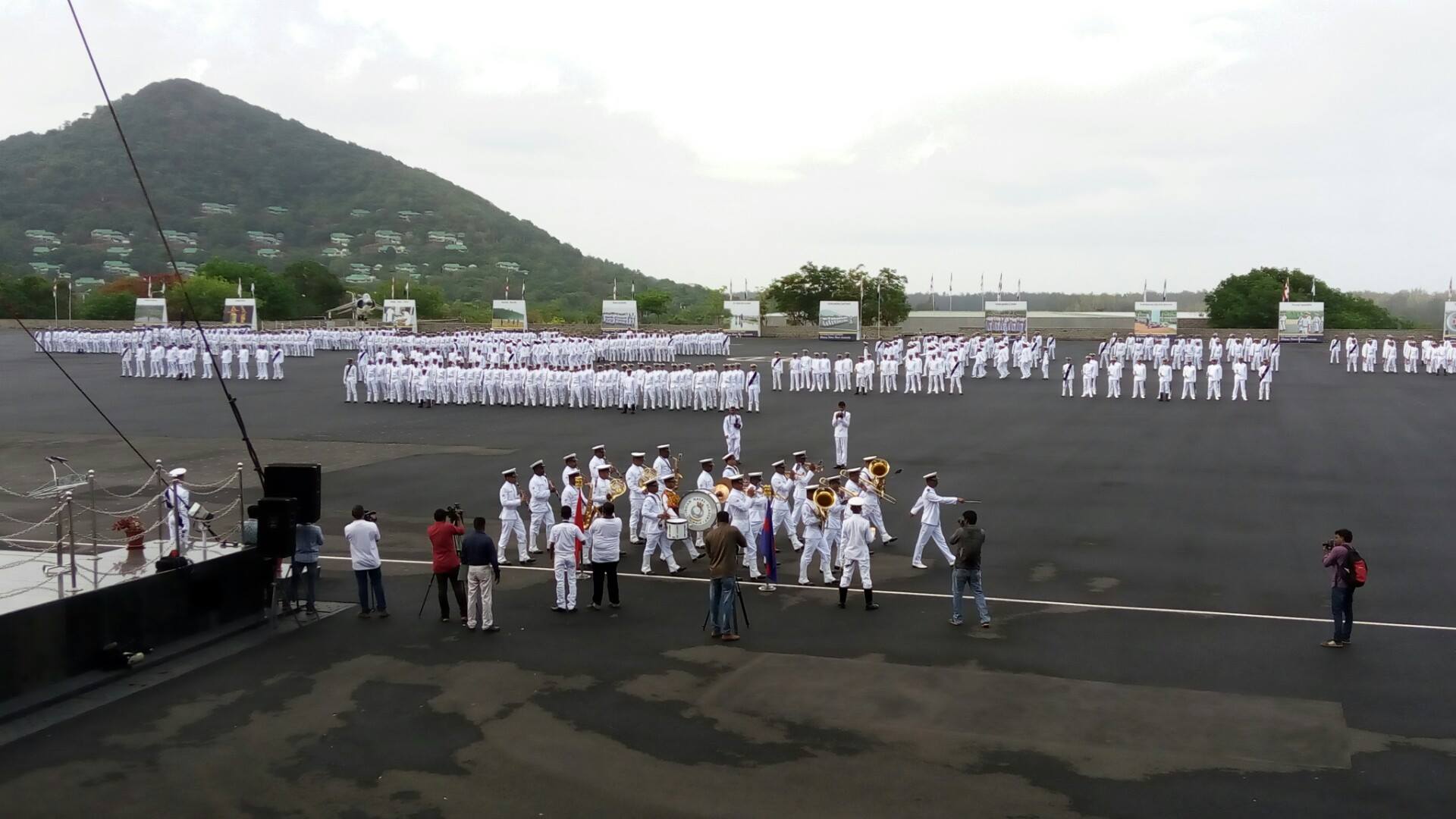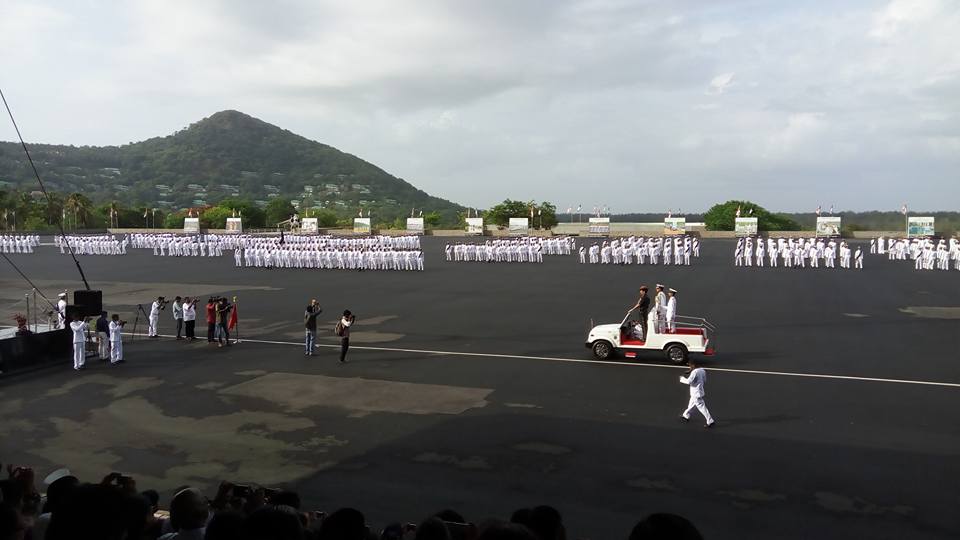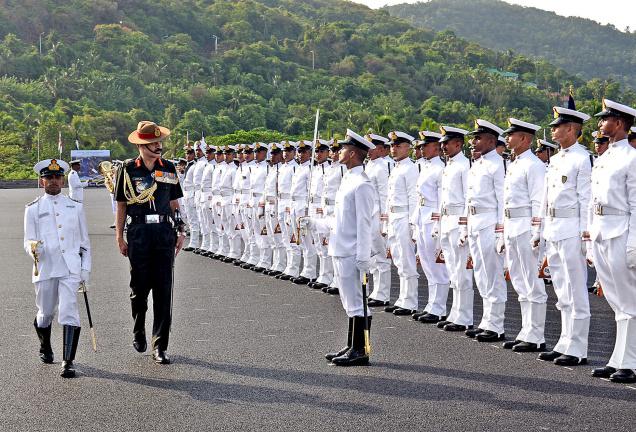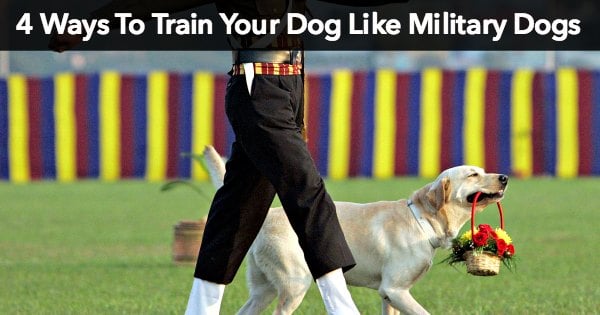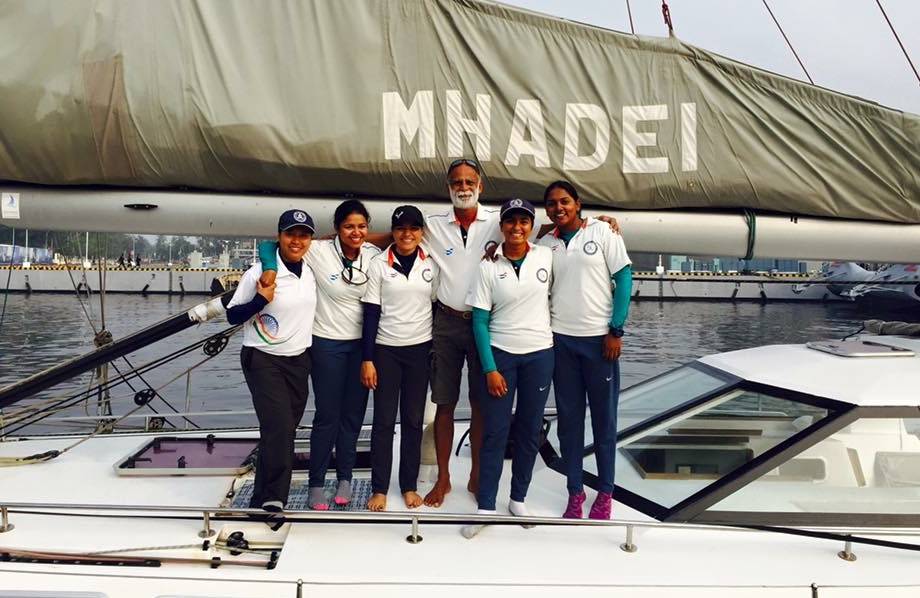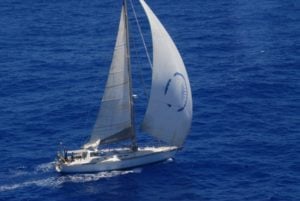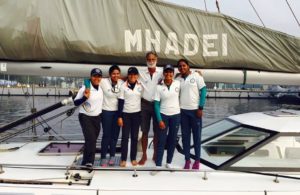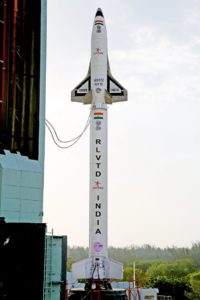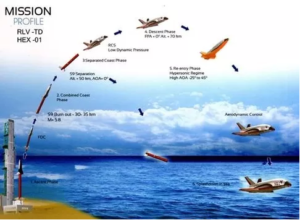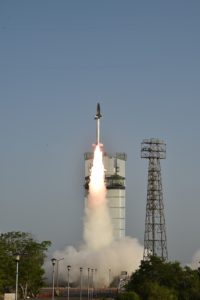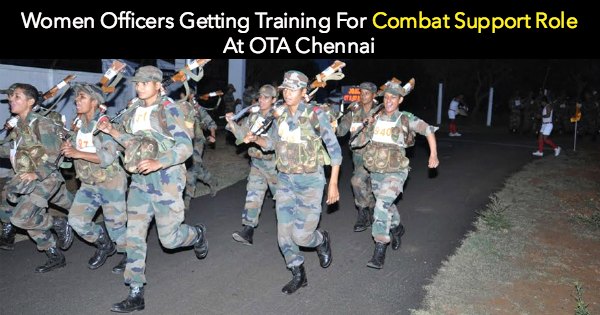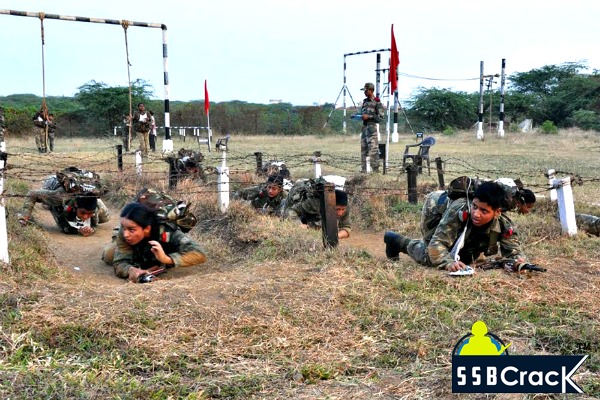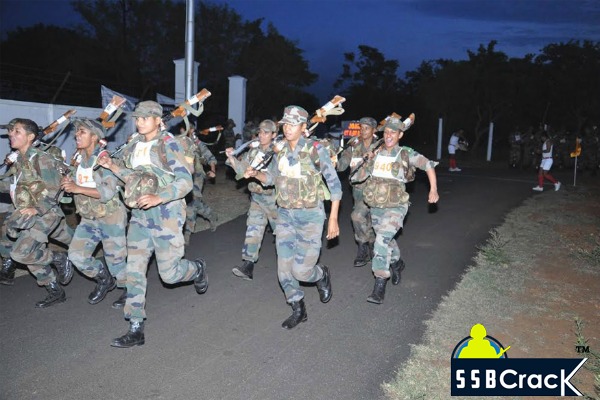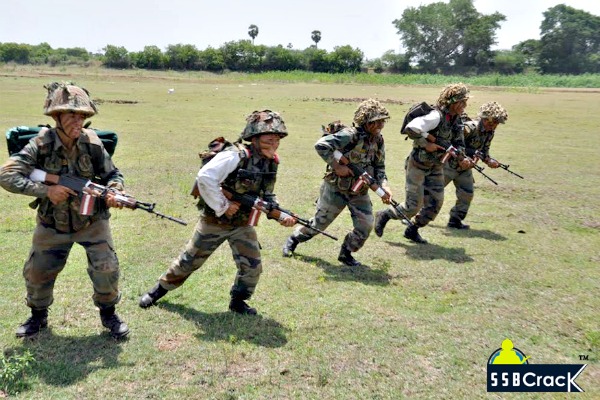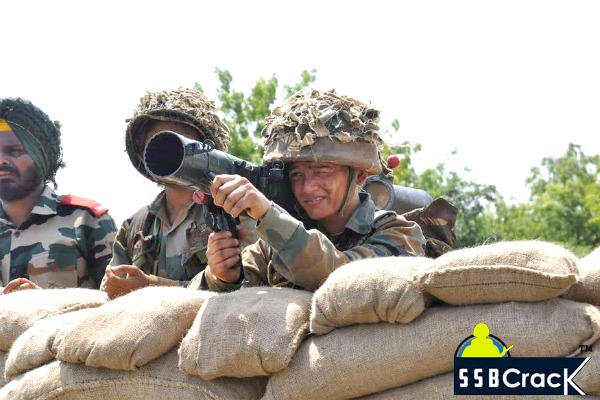In India, all motorised road vehicles are assigned a registration number issued by the RTO of their respective states. These numbers are visible on the rear and front of the vehicles’ number plates as per the Central Motor Vehicle Rules (CMVR). These vehicles are registered with the Ministry of Road Transport and Highways.
Prepare for the CDS Exam 2022:
- CDS Exam Full Online Course By SSBCrackExams
- CDS OTA Exam Full Online Course by SSBCrackExams
- CDS Exam Solid Mock Test Series
In the military, however, it’s not the same case. Read on…
The vehicles in the military are registered under the Ministry of Defence. They contain an upward pointing arrow which is generally first or third character followed by the last two digits of the year in which it was manufactured or imported. The next is the base code, followed by the serial number/vehicle number. The letter ending after the serial number indicates the class of the vehicle.
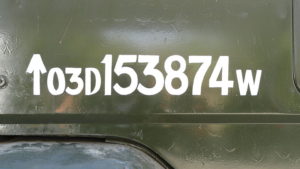
The arrow before the year of procurement is called ‘Broad Arrow’ which is used in parts of British Commonwealth till date. The arrow prevents the number from being read wrongly in case the number plate (and/or the vehicle bearing it) turns upside down. The arrow mark is not just used in the number plates of Army vehicles but also to all the property of Ministry of Defence.
These number plates generally contain a green background or a black background. These are used by officers or their kin only for official purposes. There are additional privileges like not having to stop at traffic signals that these vehicles enjoy. Most of Motor Vehicle Act does not apply to Army Vehicles and neither do CMVR do to specific modifications.
Above these number plates, the Chiefs of respective Staffs have 4-stars that indicate their rank. The Chief of Army Staff has 4-stars on a red plate above the number plate of his car. Similarly, the Chiefs of Naval and Air Staffs have 4-stars on a navy blue/sky blue plate above their number plates.
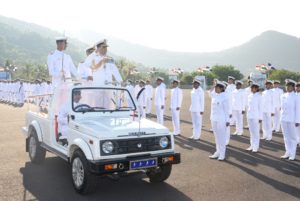
So as you may have guessed by now, the Field Marshal, Admiral of the Fleet and Marshal of the Air Force has 5-stars on their respective plates of their cars. This indicates that they can wear their uniform even after they’ve retired, till death.
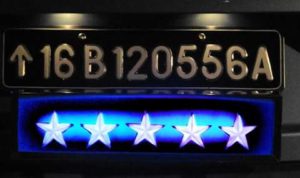
The official cars for the President and state Governors has Indian emblem in gold on red. They drive in vehicles that do not have a number plate.
Apart from these, White coloured number are for private vehicles, Yellow coloured number plate denotes the vehicle is Public carrier/taxi, Yellow letters on a black plate indicate that it is a commercial car that is rented while White lettering on blue plate indicate vehicles belonging to foreign consulates.
So, the next time you see a military vehicle be it a car, tank or fighter jet, you know how to read it correctly.

